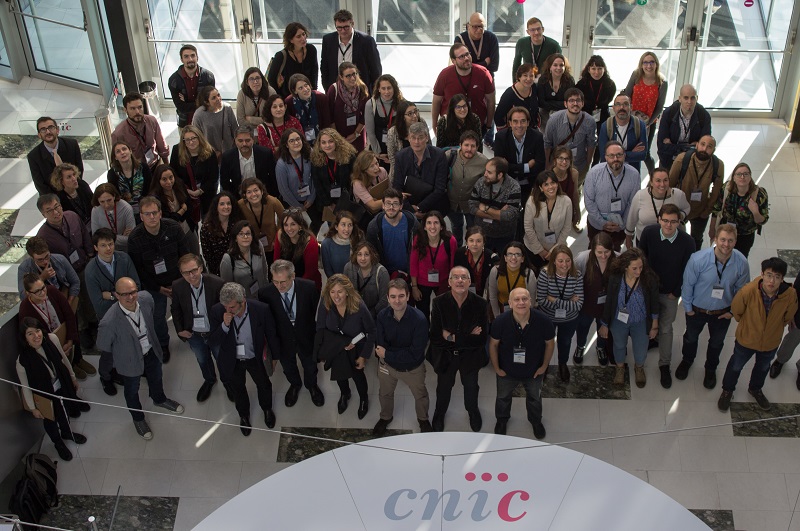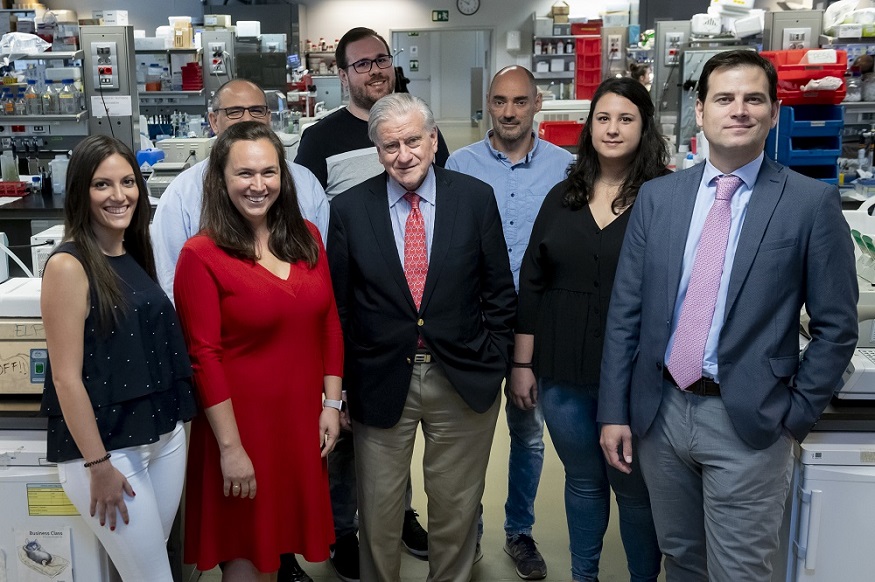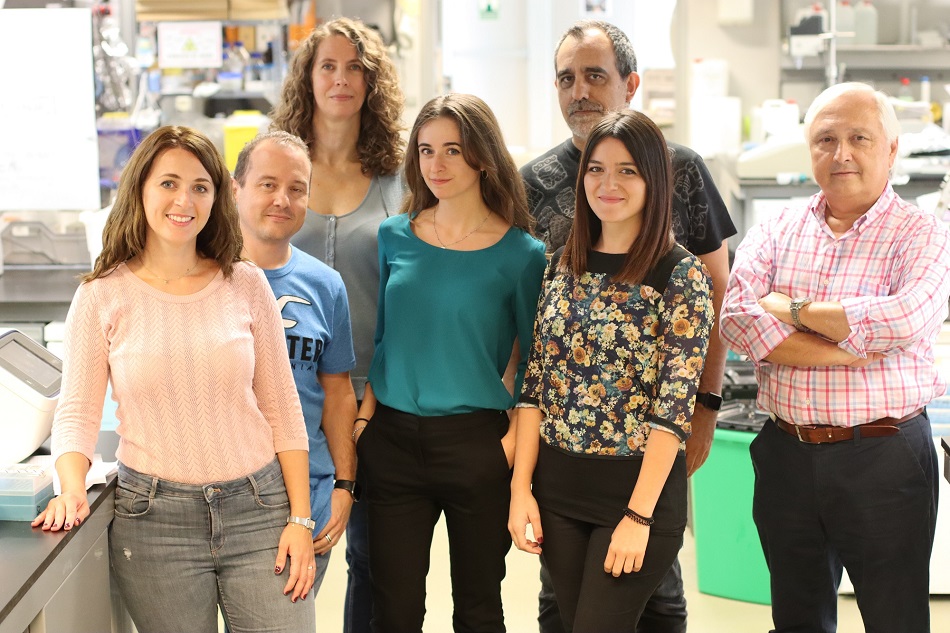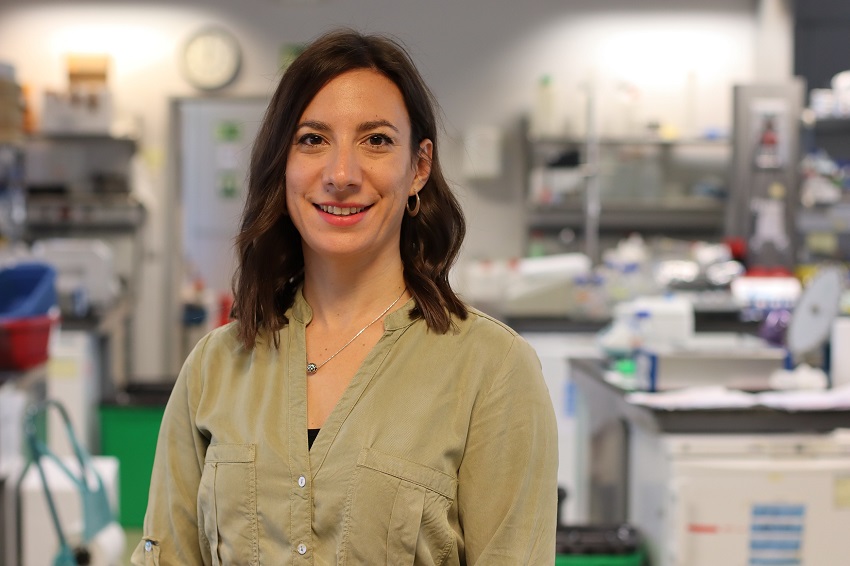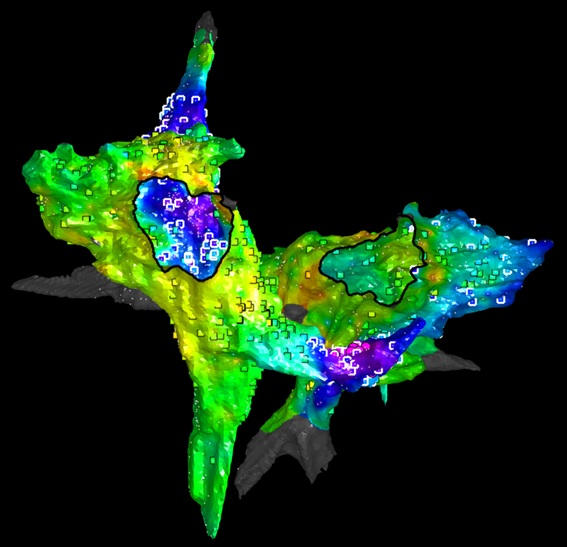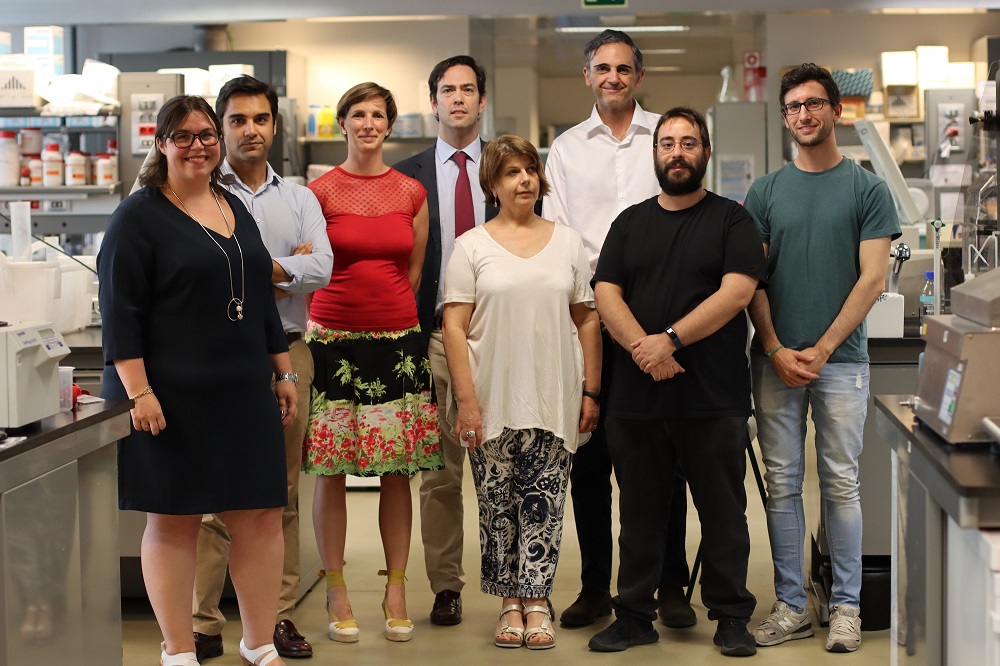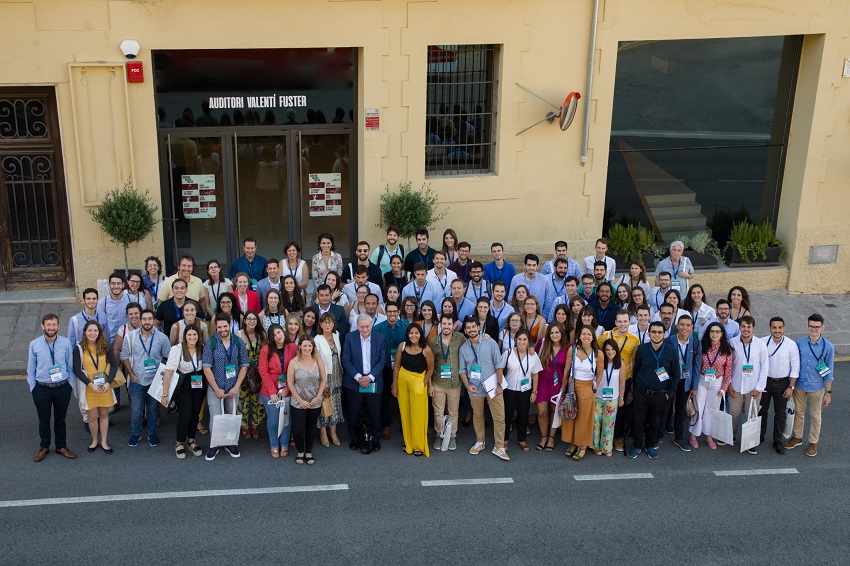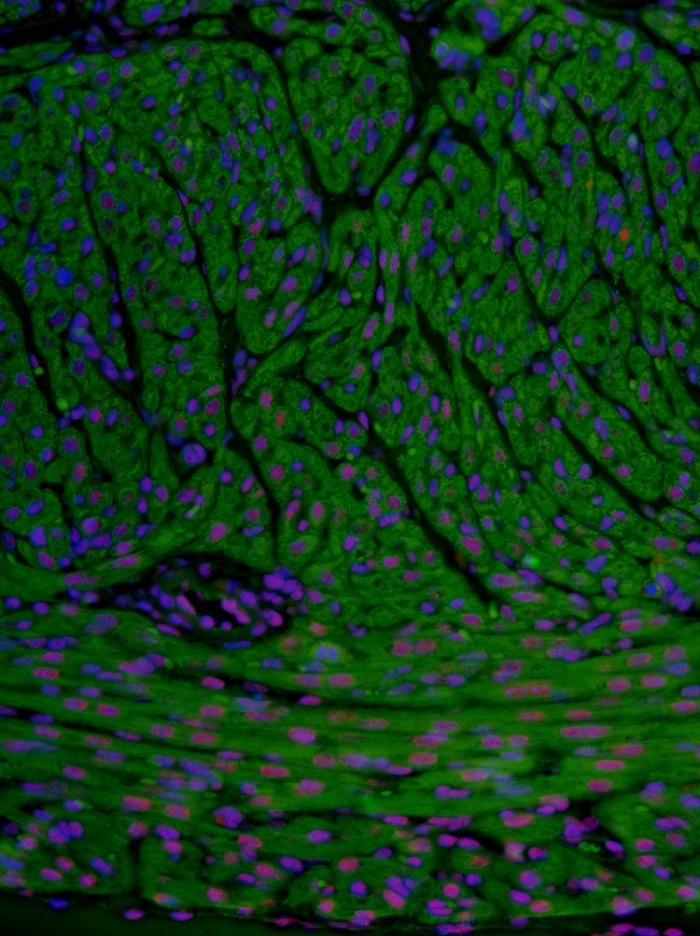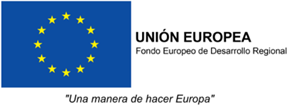News search
|
About the CNIC 30 Oct 2019 One of the diseases most affected by aging is cardiovascular illness. In fact, it is already considered the most important risk factor for this disease |
|
About the CNIC 30 Oct 2019 The project aims to study how certain mutations acquired in blood cells and traditionally associated with a high risk of developing leukemia can also contribute to the development of cardiovascular disease and become a new and independent cardiovascular risk factor to classical factors |
|
Research 9 Oct 2019 Treatment of mice for 12 months with the anticoagulant drug dabigatran prevented memory loss and preserved cerebral circulation |
|
Research 4 Oct 2019 CNIC researchers have defined the dynamics of the transfer of mitochondrial DNA from mothers to their offspring |
|
About the CNIC 18 Sep 2019 Dra. Ivana Nikolić studies the role of T cells in the development of diseases associated with obesity |
|
Research 12 Sep 2019 The new study was conducted by investigators at the CNIC, the Hospital Clínico San Carlos in Madrid, and the CiberCV research network and is featured on the cover of the latest edition of the journal Circulation Research |
|
Research 5 Sep 2019 Scientists at the Centro Nacional de Investigaciones Cardiovasculares (CNIC) and Puerta de Hierro hospital in Majadahonda have found a possible treatment for this disease |
|
About the CNIC 16 Jul 2019 Dr. Valentín Fuster will be teaching the summer seminar series “Molecular, Clinical & Population Bases of Cardiovascular Disease and Health”, organized by the International University Menéndez Pelayo (UIMP) and the Icahn School of Medicine at Mount Sinai. |
|
Research 4 Jul 2019 A new study published in Circulation Research shows that loss of cardiac expression of SRSF3 leads to a critical reduction in the expression of genes related to contraction |
- ‹ previous
- 27 of 54
- next ›
